Top website builders for WordPress in 2022
When it comes to finding website builders for WordPress, you’re spoilt for choice. With the world-famous, popular CMS’s open-source plugin architecture integrated with thousands of free or low-cost plugins, and with the best website builders often providing WordPress site creation, you might struggle to narrow down your options.
Before you make a website with WordPress, you’ll also need to ensure that the builder you’ve chosen includes the best web hosting: if not, or if you’re using a plugin, you’ll need the best WordPress hosting to get online.
You should look for website builders for WordPress that are either page or site builders specifically tailored to the CMS itself. A wide range of WordPress page builders utilize intuitive, drag-and-drop editors that require no coding knowledge. Read on to see our leading options for the top website builders for WordPress.
The top 3 website builders for WordPress right now
What are the best WordPress website builders?
The best of the website builders for WordPress, in our opinion, is Bluehost’s WordPress website builder. A relatively new service in the market, this site builder from the leading web hosting service offers intuitive, customizable, and cheap WordPress site and page-building, with additional tools including ecommerce available on its more expensive plans.
Elementor stands tall as one of the most powerful plugins, its intuitive drag-and-drop editor enabling you to create a new WordPress site in next to no time without any coding, and allowing you to fully utilize a series of third-party integrations.
We also highly rate Divi, Oxygen, Visual Composer, SeedProd, and Beaver Builder among WordPress website builders available. All of these plugins provide a mixture of tools, features, and advantages that mean they’re worth considering for your WordPress site.
| WordPress website builder plugin | Entry price | Free version? | Number of templates |
|---|---|---|---|
| Bluehost | $2.95 a month (Basic) | ✖ | 300+ |
| Elementor | $49 a year (Essential) | ✔ | 300+ |
| Beaver Builder | $99 a year (Standard) | ✔ | 300+ |
| Divi | $89 a year (Elegant Themes) | ✖ | 800+ |
| SeedProd | $39.50 a year (Basic) | ✖ | 150+ |
| Visual Composer | $49 a year (Single Website) | ✔ | 300+ |
| Themify | $59 a year (Single Themes) | ✖ | 60 |
| WP Page Builder | $39 (Premium) | ✔ | 83+ |
| Oxygen | $129 one-time payment (Basic) | ✖ | None |
The best website builders for WordPress available
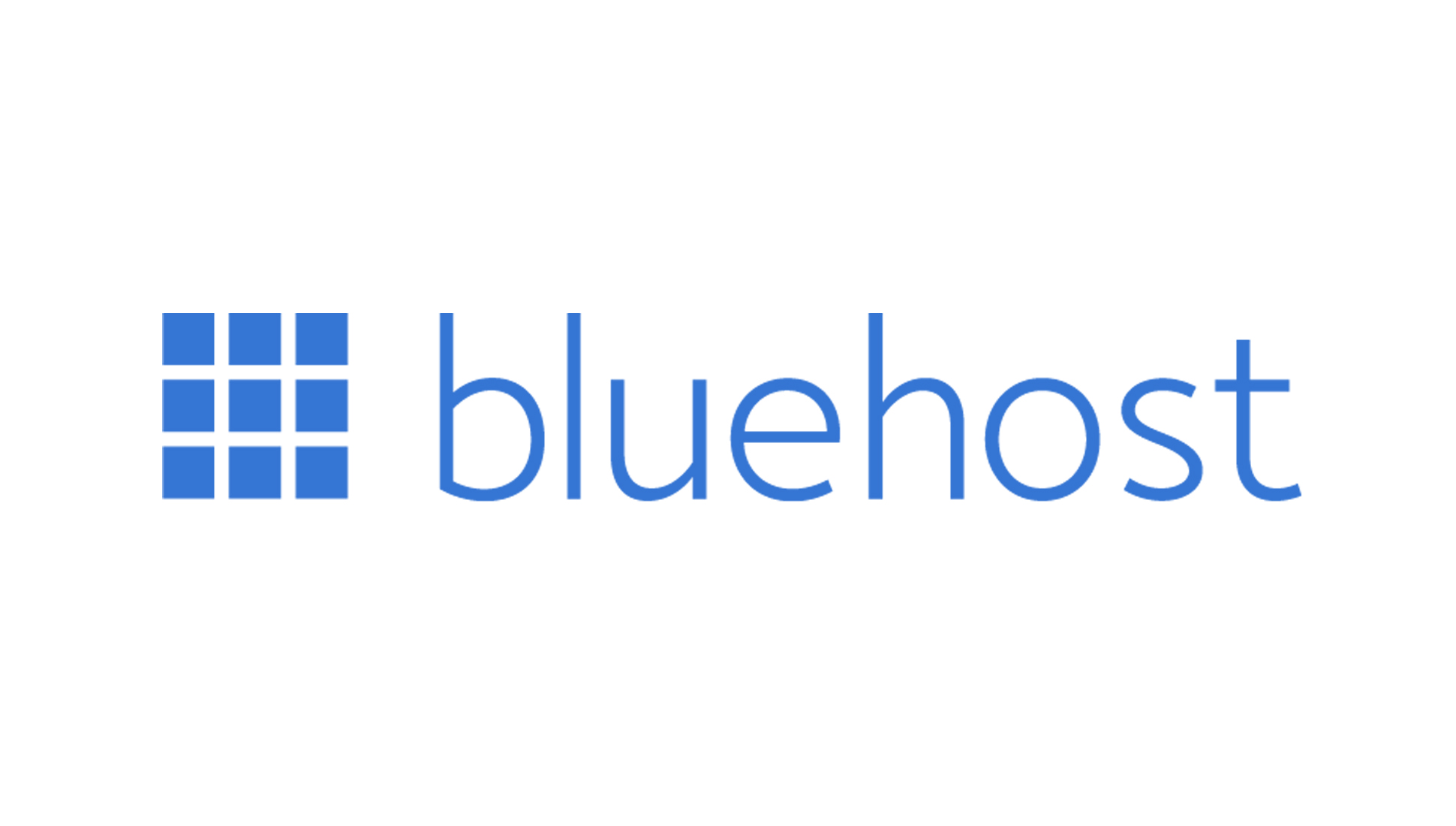
Bluehost’s WordPress website builder was launched in August 2021, and brings the web host’s experience to site building. It balances WordPress’s best features with its own, easy-to-use, block builder. Plans include features such as WooCommerce online sales integrations, over 300 themes to choose from, and much more.
Its drag-and-drop editor is ideal for beginners, and each of the premium packages has managed WordPress hosting from Bluehost at no extra cost, covering unlimited sites. With this, installations and plugins are kept updated, and users also get a free domain for a year, alongside a free SSL certificate.
Three plans – Basic, Pro, and Online Store – start at $2.95 a month and range up to $24.95 a month. You sign up for 12 or 36 months, with your first term available at up to 75% off the regular price. These three plans also include features such as blog post management and email marketing tools.
In more detail, the Pro plan adds WooCommerce support, while Online Store includes appointment bookings, subscription sales, and discount code generation. Both of these more expensive plans also provide an additional 30 premium templates.
Bluehost combines WordPress, hosting and an easy-to-use interface for competitive prices. The only negative is that the builder is less flexible with site layout, but the huge range of content options ensure it ranks at the top when it comes to website builders for WordPress.
Read our Bluehost WordPress website builder review.
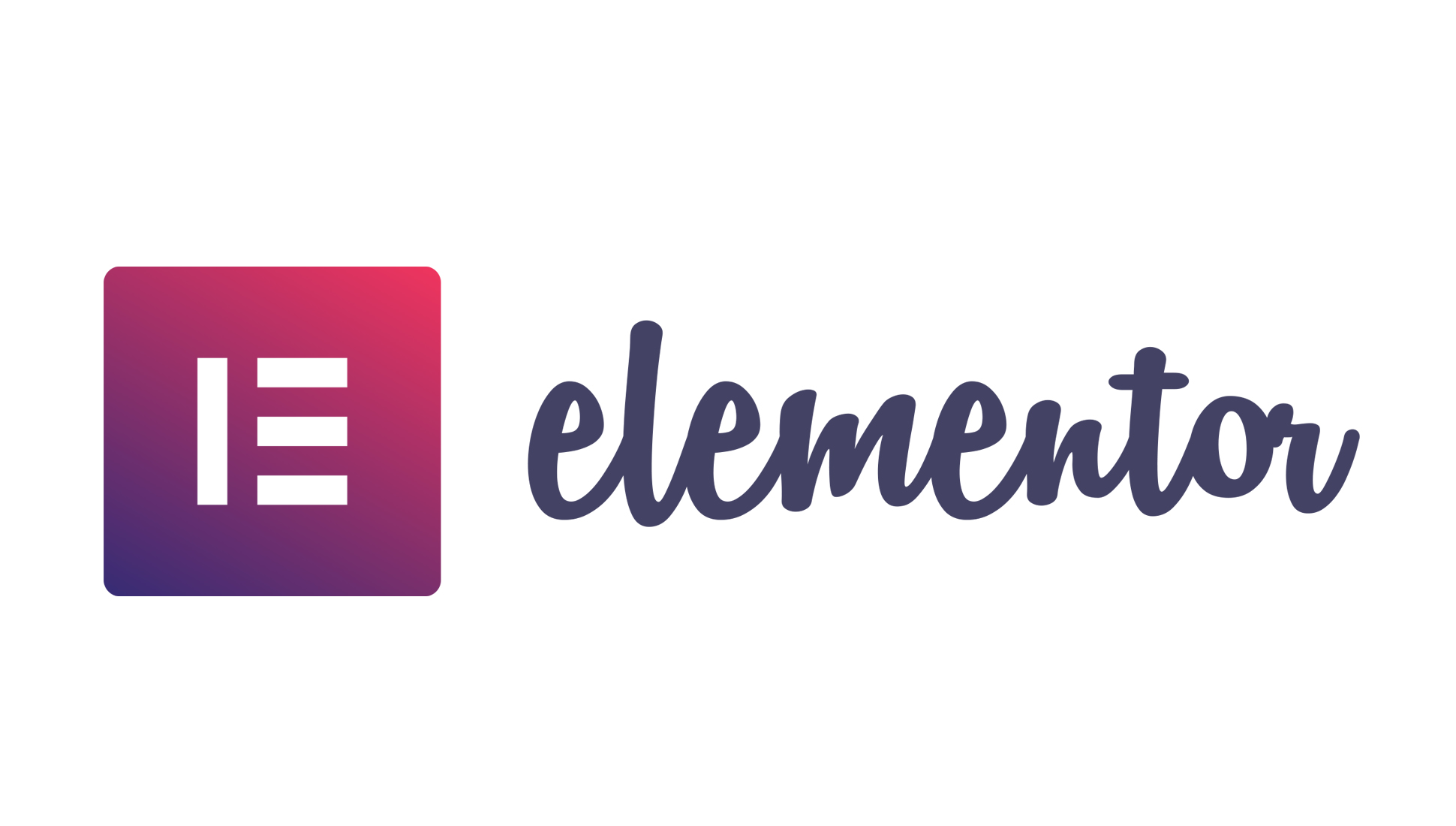
With millions of installations, Elementor is popular and reliable, and available in free and paid versions, with the latter offering increased customization and more. Catering to beginners and developers at both ends of the competency scale, the basic free plan enables you to test the platform out before you spend.
Among key features are a drag-and-drop builder with instantaneous editing, revision history, a finder function, a builder for creating advanced marketing popups, and desktop and mobile site settings. All paid plans also come packaged with premium customer support if you need help.
The $49 Essential license gives you access to a widget catalogue, over 300 site templates and full template kits, and the WooCommerce builder for those who want an online store. This supports one site, and offers full access to the editor. The Advanced plan ($99 a year) supports three sites, while the Expert license ($199 a year) grows this to 25.
For those with more experience, you can add custom CSS or HTML code, while integrated landing page and form creation tools offer additional marketing features. One downside is the basic free version’s limitations, as you don’t get access to any of these advanced tools; the builder’s user interface can also be confusing, and take time to get adjusted to using.
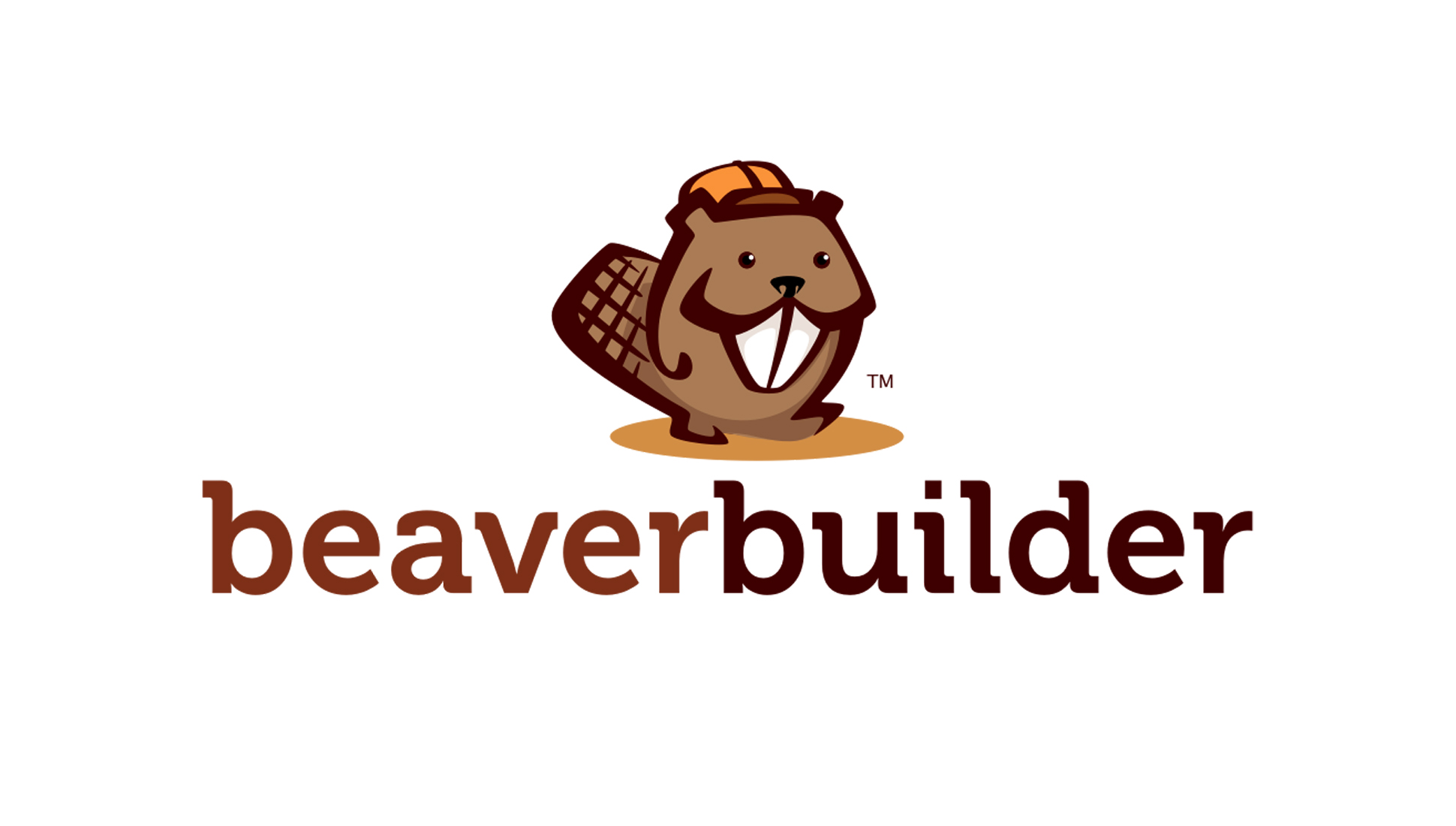
Beaver Builder has been a leading option for WordPress for a while, and has a reputation for clean code, meaning fine-tuning sites is simpler. Its template selection is great too, while its free version acts as a brilliant introduction to the software beyond its helpful live demo online.
The free plan, while quite limited, offers six editing modules, namely text, HTML, video, audio, images, and sidebar. Across all three paid options, you gain access to responsive editing, so you can toggle between different views of your site to make sure it works on desktop as well as it does on a mobile device.
Paid packages start at $99 a year with the Standard plan, with 29 additional modules, optional WooCommerce integration, and dozens of the customizable templates for pages including landing, about, and services pages. You get unlimited site connections, premium support for your first year, and can access the premium templates and design elements.
The two more expensive plans Pro ($199 a year) and Agency ($399) add more features, including white labeling capability, multi-site network settings, and more. On the negative side, Beaver Builder does lack some advanced tools and integrations, namely inline text editing, but overall it’s a strong option for simple sites.
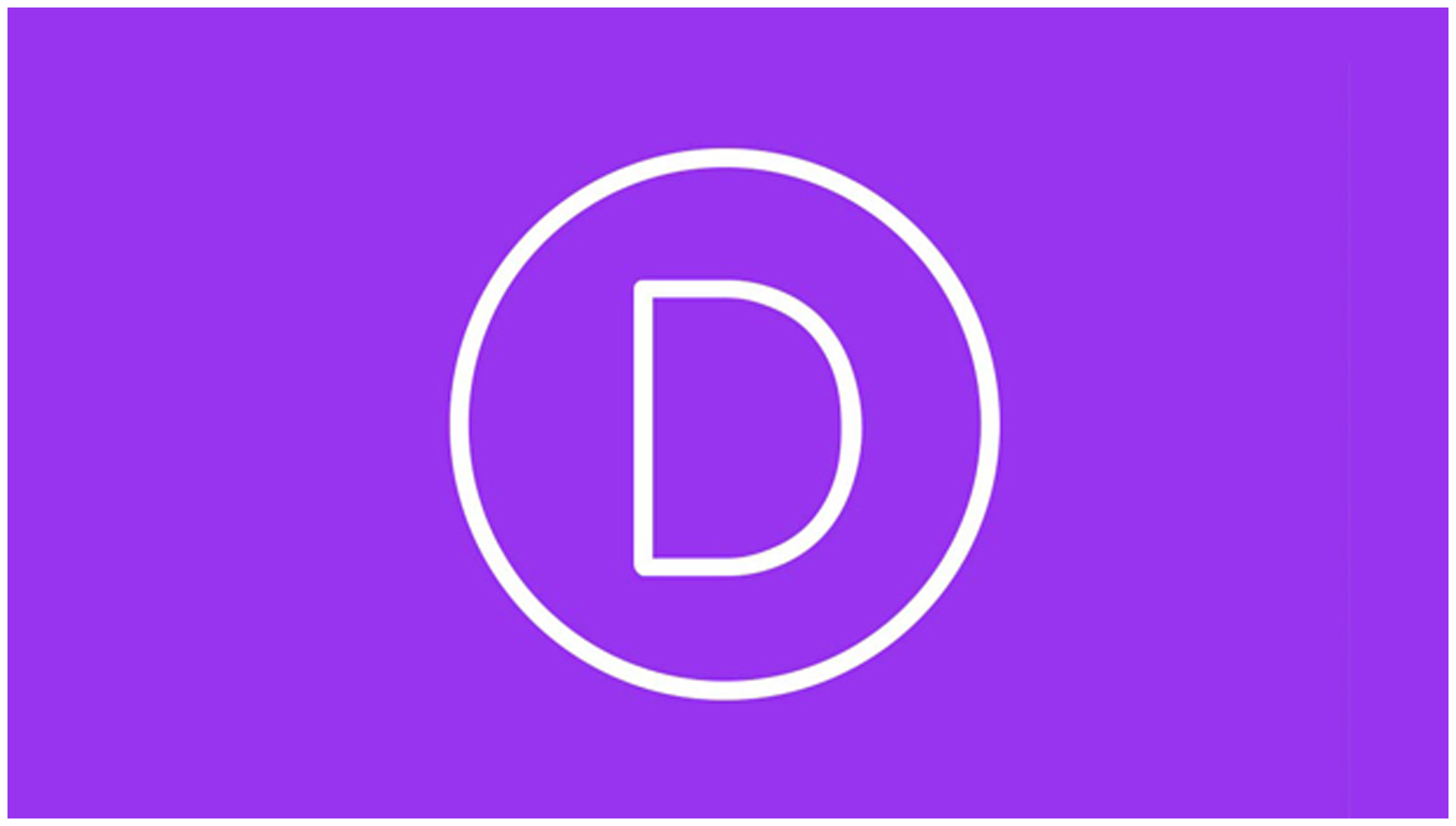
Divi operates on the front end of your site in real time, and its advanced visual builder allows you to see exactly what your site will look like once published. Released in 2015, the builder can be used with any WordPress theme for custom, advanced designs and sites.
Aimed at newcomers to web design and experienced pros, it allows for editing of shapes, fonts, colours and more across 40 content elements. These range from audio to images, and blogs to portfolios or even countdown timers, with a global elements and styles option making sitewide changes simple
Divi isn’t available as a one-off purchase, and instead requires an Elegant Themes subscription, the cheapest of which is $89 a year for a recurring subscription, and the most expensive being $249 for a lifetime license. One negative here is that there’s no free trial or free plan, but the positive is that all plans include a range of advanced features, themes, and plugins covering email and social networking.
A drag-and-drop editor utilizes a what-you-see-is-what-you-get (WYSIWYG) style, so site elements can be placed exactly where intended. More experienced users can add custom CSS code, but all of this means plans are quite expensive and some advanced tools are too complex for novice users.

SeedProd is aimed at users who want to create landing pages on WordPress sites for high conversions, meaning it sits apart from the remainder of this guide. Nevertheless, it’s one of the most powerful and the cheapest builders available, with all plans including 150 templates, email marketing integrations, subscriber management, and full access to its drag-and-drop page builder.
With four plans ranging from $39.50 a year up to $209.65 a year, SeedProd’s builder includes a range of landing page templates covering sales, leads, webinars, 404 errors and much more. The cheapest Basic plan includes 100 templates and 20 page blocks, while the more advanced plans add photo library access, WooCommerce support, domain mapping, and priority support on the top Elite plan.
While there’s no free version, all paid plans have a 14-day money-back guarantee, and the editor is mobile responsive, so all sites created with it are optimized. Seamless integration with marketing tools like Campaign Monitor, Mailchimp, and Sendy mean that despite not being able to create a whole site, SeedProd is top-level for landing pages.
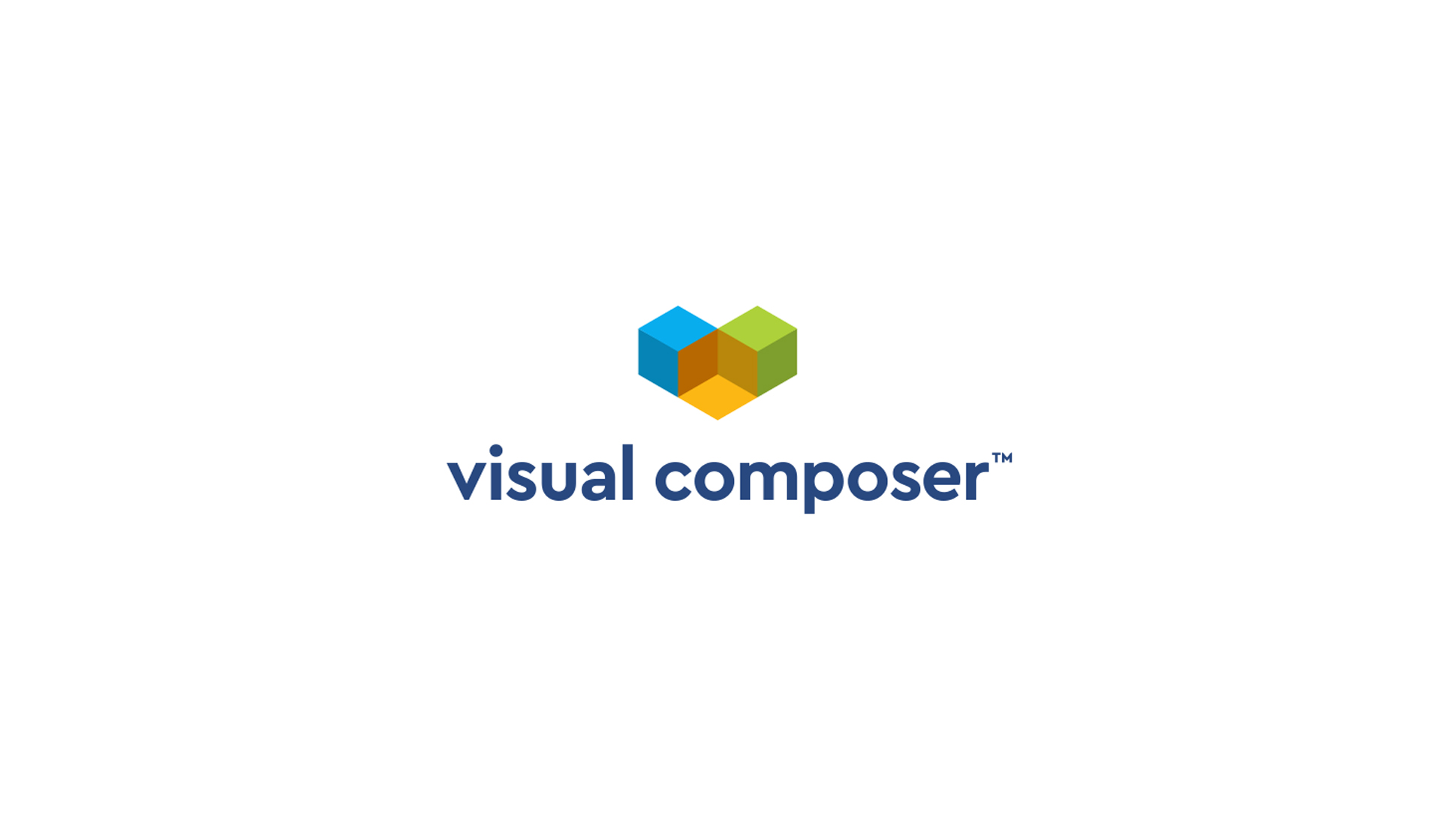
Visual Composer offers a beginner-friendly, easy-to-use website builder for WordPress sites, allowing you to customize individual pages or site-wide headers and footers with functionality. It utilizes a “tree view” akin to Photoshop, for extra organization and flexibility, while it offers a free-forever and paid versions.
The free version is ideal for testing out the platform, and while it’s limited to 30 elements and 10 templates, without a series of global design tools, it’s a top free option. Its basic drag-and-drop editor is simple to use, and across five premium plans, you can gain access to hundreds of premium templates and add-ons.
Shared features of all the premium plans include the Visual Composer Hub, a cloud library of elements updated every week with new content including templates, extensions, and blocks. A pop-up builder is also included, so you can tailor promotional pop-ups to conversion goals.
For a single-website license, the $49 a year Single option is best, while there are plans covering five sites (Plus at $99 a year), 20 sites (Accelerate at $149 a year), 100 sites (Growth at $349 a year), and 1,000 sites (Agency at $849 a year). Other specialized features include WooCommerce blocks for online stores, while the only negatives are the simplistic editor and the drawbacks of the free version.
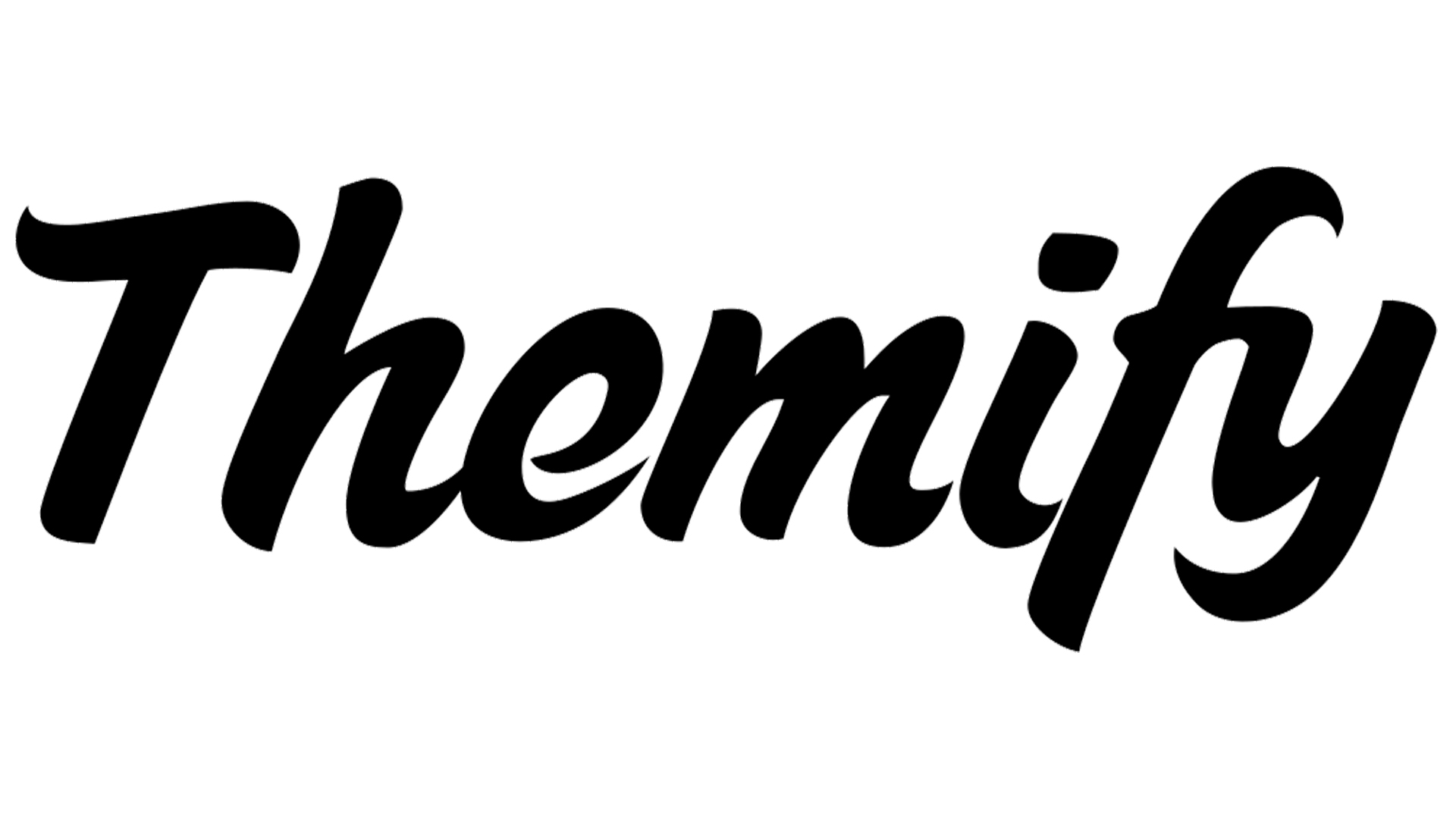
Themify’s themes and plugins have been available since 2010, and continue to be downloaded by thousands of WordPress users. It makes sense then that Themify’s website builder is one of the slickest around.
With 60 preset layouts including customizable animation effects, templates are sorted by theme, and include designs for business, sports, education, fashion, music, and weddings.
In addition to the existing features, Themify offers builder add-on modules that provide further functionality to the page builder. This includes a WooCommerce builder, mosaic tile layouts, and parallax infinite scrolling capabilities.
When it comes to price, this is done by themes, with the Single Themes plan costing $59 a year and covering support and updates via the Themify builder. For $89 a year, the Master Club subscription offers 42 themes, 11 plugins, 25 add-ons and much more, with one year’s support. Finally, the Lifetime Club plan, for a one-off $249 payment, gives access to all themes, plugins, and add-ons.

Released by Themeum in 2018, WP Page Builder is a lightweight and slick tool. Simply select one of the template layouts to act as your starting base, then tweak according to your preference using handy functions, including column and row manual resizing, unlimited undo/redo options, and the show and hide option.
This latter feature allows you to restrict particular elements from showing on specific devices. WP Page Builder has over 30 add-ons including flip box, testimonial carousel and image hover, and while this page builder is simple enough for users without coding knowledge or experience to use, there is a custom CSS option for coders keen to implement sophisticated design tweaks.
Across one free and three paid plans, WP Page Builder offers site plans for Individuals, Freelancers, and Agencies. Individuals covers one site for one year for $39.50, offering updates for one year alongside priority email support; Freelancers offers the same features but for five sites for $59 a year; and Agencies for unlimited sites for $99 a year. All add-ons are included across all three paid plans.

Lifetime support and updates, plus unlimited websites, puts Oxygen ahead of many rivals. What’s more, its four plans, ranging from the entry-level $129 Basic license up to Ultimate at $349, are not an annual subscription, but one-off payments. All four also come with a 60-day money back guarantee.
The three more expensive licenses add in WooCommerce integrations, Gutenberg block builders, and other specialized tools. Its versatile drag-and-drop builder is ideal for beginners and experts, with integrated developer tools and the ability to add custom CSS, HTML, JavaScript, and PHP code snippets for adding advanced custom elements.
Extensive online and video tutorials include guides and how-tos covering, for example, creating exit intent popups and custom animated buttons. If there are any negatives, its slight complication when it comes to installation can be an issue, while beginners may struggle to familiarize themselves with the user interface due to the number of features available. The lack of a free plan or trial also makes it a little difficult to test before buying.
Website builders for WordPress FAQs
WordPress vs website builders: what’s the difference?
Both WordPress itself (the native website builder for WordPress.com users is a separate product) and its many builder plugins, as well as website builders in general, can design, make, and publish sites. There are as many differences as there are similarities.
Website builders provide site creation, alongside technical management, web hosting, security tools, and a web domain. For users, the only thing to worry about is maintenance and design, with most platforms not requiring any coding knowledge. For this reason, builders are designed to be used by beginners with even limited technical experience.
On the other hand, WordPress is unable to be used without a third-party web host, due to being an open-source CMS. This does mean however that it offers increased technical freedom, and you effectively have control over every aspect of your site, though the levels of complexity often mean common mistakes are made.
WordPress vs website builders: which is better?
Generally speaking, beginners should use a website builder if thinking about putting together a site; but the best website builders for WordPress bridge the gap, offering beginner-friendly site creation via the CMS.
How we review website builders for WordPress
Website builder comparisons
When we review website builders for WordPress, we analyze each service’s WordPress-specific features and tools, as well as studying the installation process and webpage editor’s ease-of-use. To do this, we create a custom site with the plugin or builder: we can only review the builder adequately for you by building a website ourselves.
When we build a website on WordPress from scratch, we can also judge how simple or complex it is for different user experience levels. Some builders and plugins are designed for beginners, while others require more advanced WordPress experience.
As WordPress can often require web hosting (specifically WordPress sites created via plugins), we sign up to a basic shared hosting service separately, and then undertake the site creation process. After doing this, we then monitor and record the site’s uptime and server response times over a two-week period, because your site’s performance is integral, and you could lose business and money if it’s offline.
Should the WordPress builder or plugin offer ecommerce tools, we’d examine its store creation processes and features: if not, we’ll look at platform-specific elements in detail. We’ll also undertake an in-depth analysis of pricing plans, and trial the service’s customer support responsiveness and knowledge.
Next steps with WordPress, website builders, and web hosting
With site creation, you’ll need to choose a domain name and register your domain. Once your site has been built, make sure you implement website security, and learn how to enhance website branding.
In terms of your site’s look, feel, and resources, you might want to find free website content, and you’ll certainly want to make your site accessible and understand web SEO. You should also undertake website audits, and if you’re considering writing or adding blog content, learn how to start a blog.
For more tips on building sites on WordPress, see the differences when comparing web hosting vs WordPress vs website builders.
For all the latest Technology News Click Here
For the latest news and updates, follow us on Google News.
